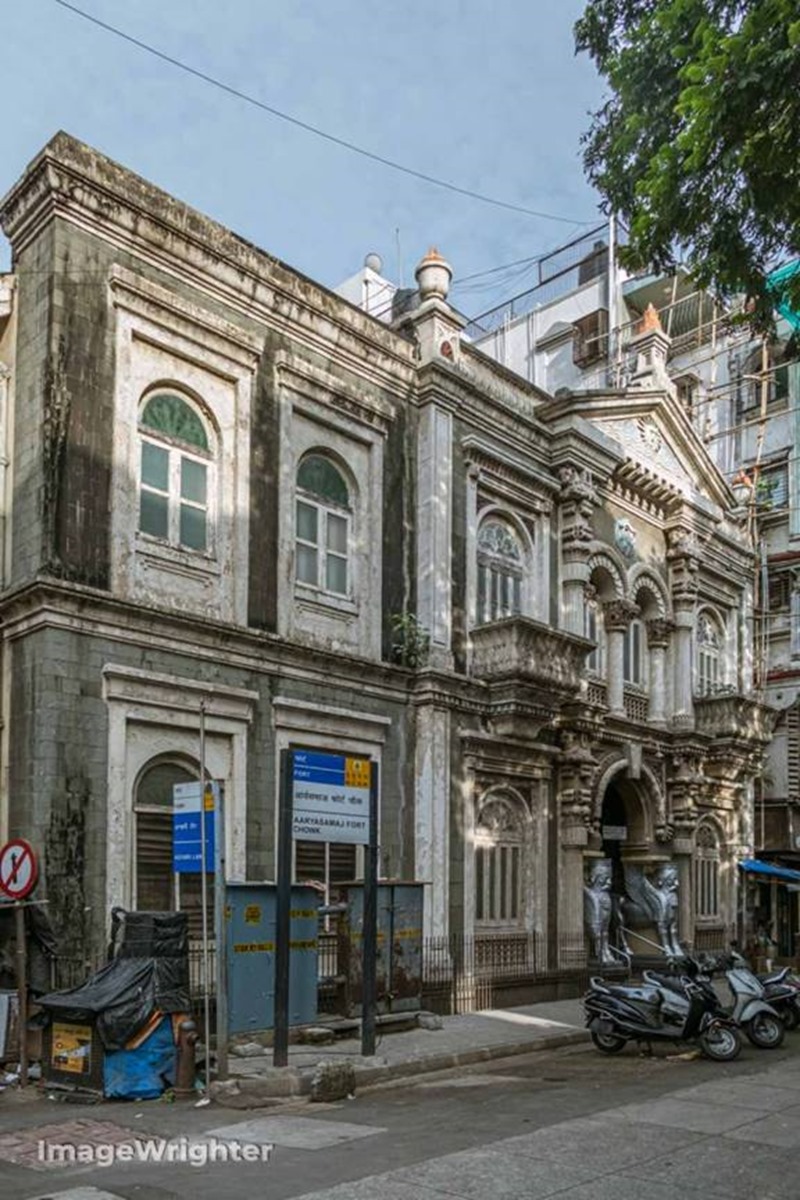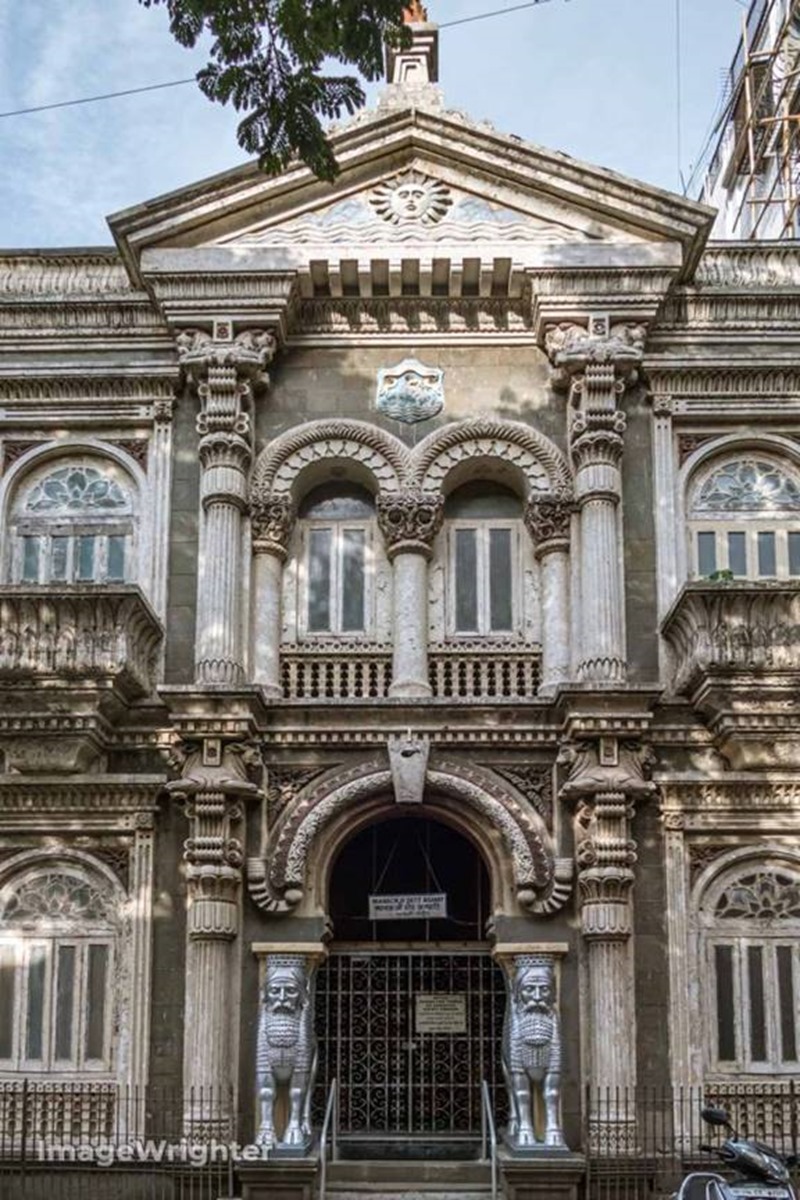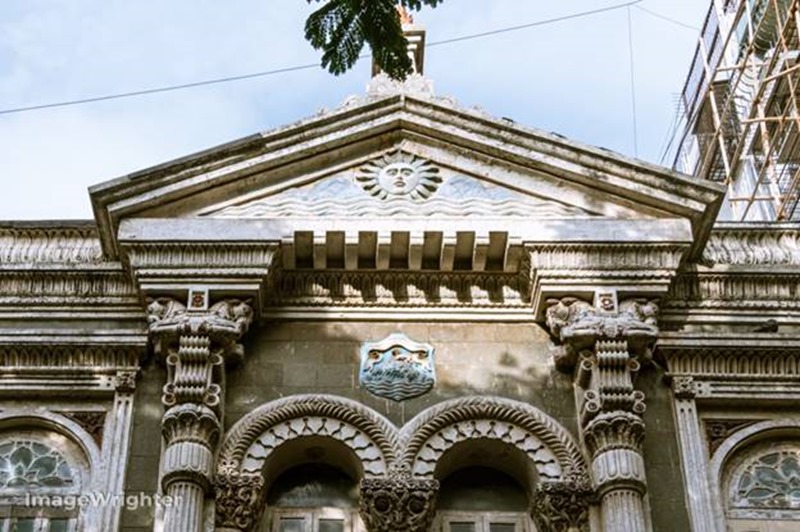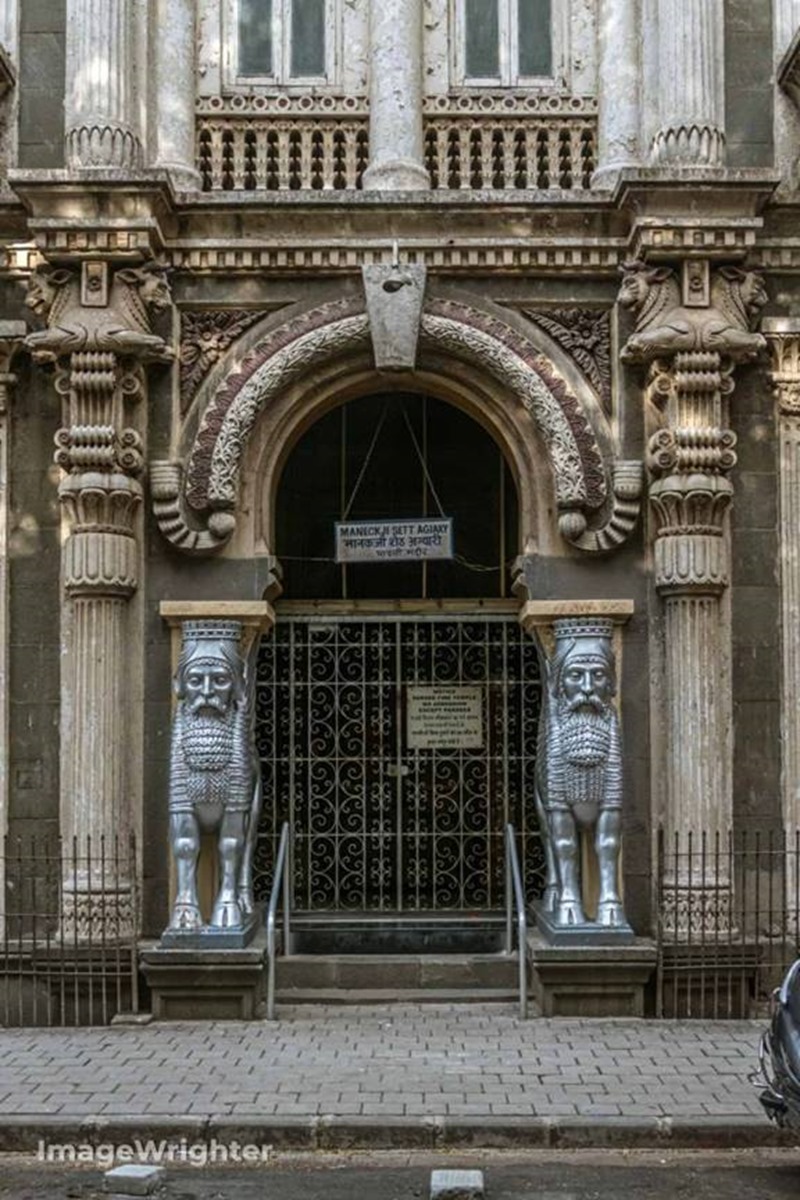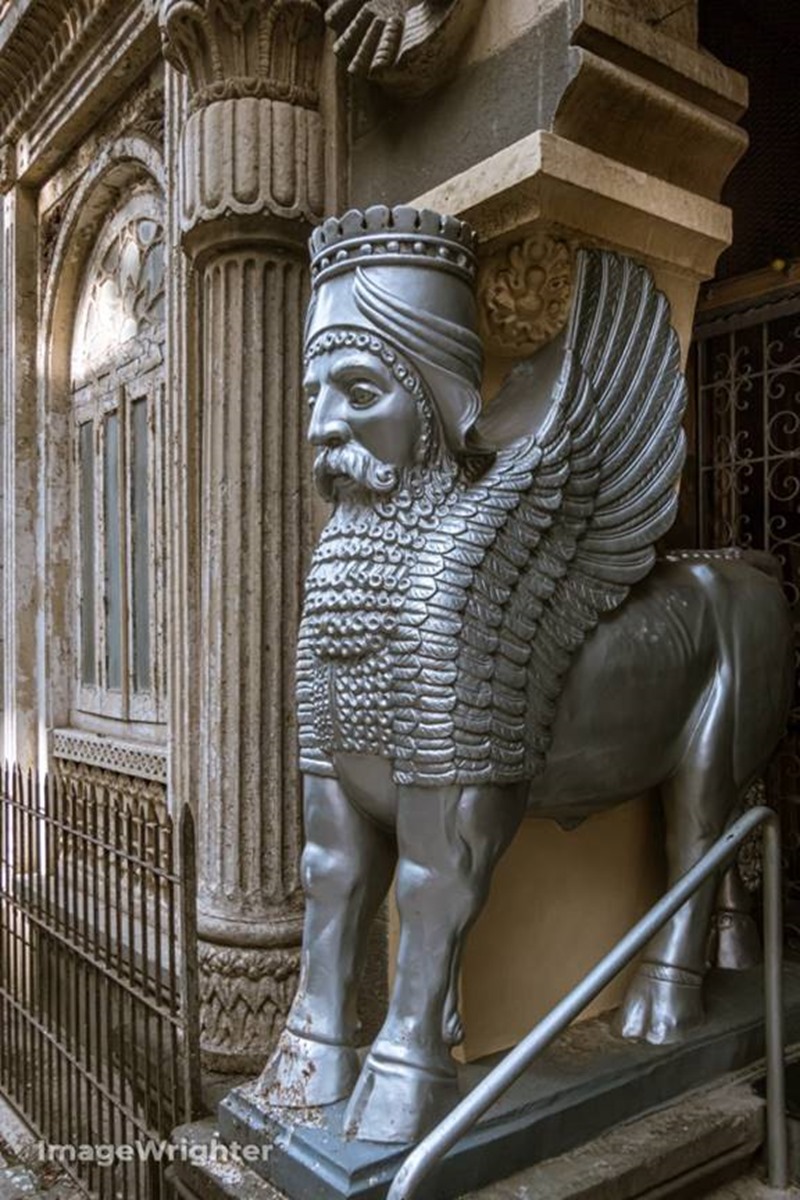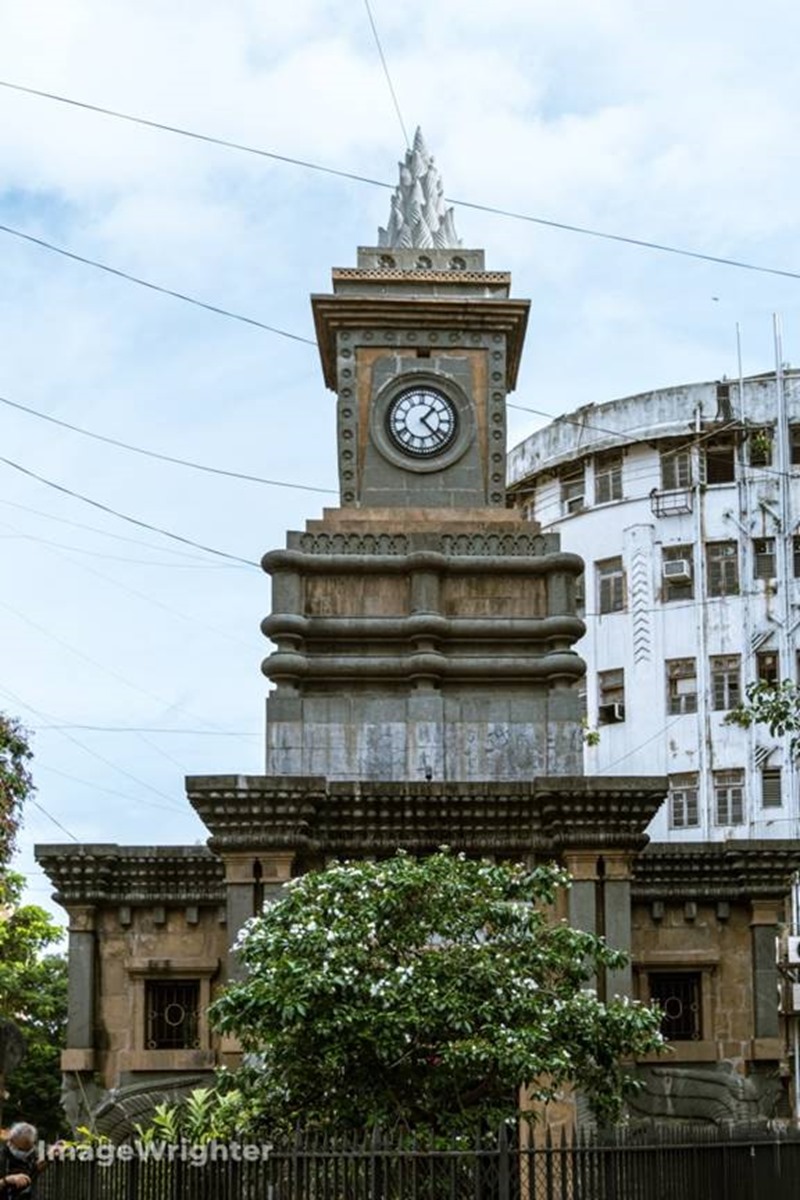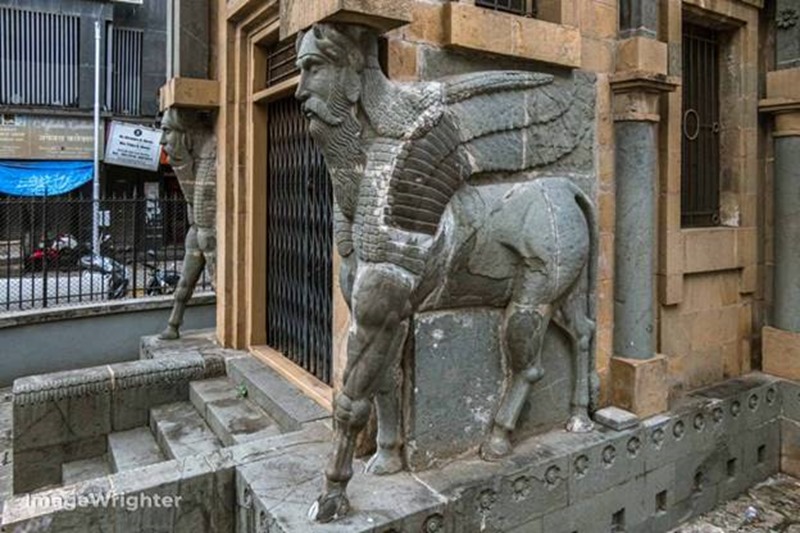Anyone who has lived in or grown up in Mumbai would know at least one Parsi for sure. And if new, you will wonder about the fuss around Bun-Maska (Bun-Butter), Bhurji-Pav (Scrambled eggs-Bread) and Irani Chai (Persian Tea). That is the extent to which the Parsis are part of the cosmopolitan weave of this city. The history of Bombay and the Parsis almost run parallel, with the community making their presence felt since the mid-17th century. Their contribution to the island’s early development, and later in making it the commercial hub, is legendary.
Article on Imagewrighter
The Maneckji Seth Agiary on Perin Nariman street
For Zoroastrians or Parsis (in India), religion is the most important aspect. In their words, ‘dearer than life’. Parsis worship fire, along with water, as they see them as symbols of purity. An Agiary (House of Fire; temple) is where they consecrate the holy fire where it burns unhindered and eternal. The first ever fire temple was in Udvada, Gujarat.
Parsi Temples in Mumbai
As the community grew in Bombay, there came up a natural need for a fire temple in the city. Late 17th century saw the first of these temples. One among the first built and still surviving is the Banaji Limji Agiary from 1709 AD.
Greek Revival and Persian architecture style entrance of the Maneckji Seth Agiary
In 1730 AD, Maneckji Nowroji, son of an international trading merchant, acquired a large tract of land in the Fort area for a Parsi settlement. By the beginning of the 19th century, the Parsis were almost ten thousand in Bombay city. In this settlement, the second place of worship came up in 1735 AD. But the Great Fire of 1803 AD, burnt down the initial fire temples.
Maneckji Seth Agiary
After the fire ravaged the temple, the community came together for the reconstruction to donate in cash and kind; the kind being eggs and toddy! These were mixed with the lime to strengthen the walls. The temple as it stands today on Perin Nariman Street is functional from 1845 AD.
Bas relief of Sun on the gable with a depiction of the holy fire on top of the Maneckji Seth Agiary
Greek Revival and Persian architecture elements are the dominating style. The columns with rams for capital are Persian, while the wreaths above the entrance, Grecian. The construct is like that of a Greek Temple, only difference being the bas relief of the Sun on the pediment of the gable. Adorning the top and sides of the gable is the figure of the holy fire. Corinthian columns also make an appearance.
Grecian wreaths alongside Persian columns dominate the edifice
The most striking and a common feature found in all Zoroastrian edifices, is the 5-legged Lamassu, a symbol of our five senses. With the head of a wise man, and the body of a bull or lion, and the wings of an eagle, the Lamassu is a symbol. Of wisdom, intelligence, courage, strength and above all, the vision to soar up in the sky.
Five legged Lamassu at the entrance
Wadia Clock Tower
It is a known fact that fire temples do not allow Non-Parsis inside. But the Parsi imprint doesn’t stop there. Another beautiful and useful social construct, free for everyone to get a dekko at, is the Wadia Clock Tower. Fifty metres from Maneckji Seth Agiary (fire temple), this water fountain and clock tower is a memorial for the Parsi philanthropist, Bomanjee Hormarjee Wadia.
The Wadia clock tower and water fountain
Made in 1882 AD, after the noted educationist passed, the memorial is a Persian architectural edifice. Acanthus leaf capitals on the Corinthian columns, Lumasi (sing. Lamassu) and the symbol of holy fire appear in this building too.
Lamasi at the entrance of the Wadia clock tower and water fountain
Like many other water fountains in Mumbai, this one too fell into disrepair, but help came its way in 2017. This restoration by Vikas Dilawari received the Honourable Mention at the UNESCO Asia-Pacific Awards for Cultural Heritage Conservation. A walk on this street today might not be easy with all the surrounding bustle, but it reminds you of a time when community living echoed the ethos of this city.

